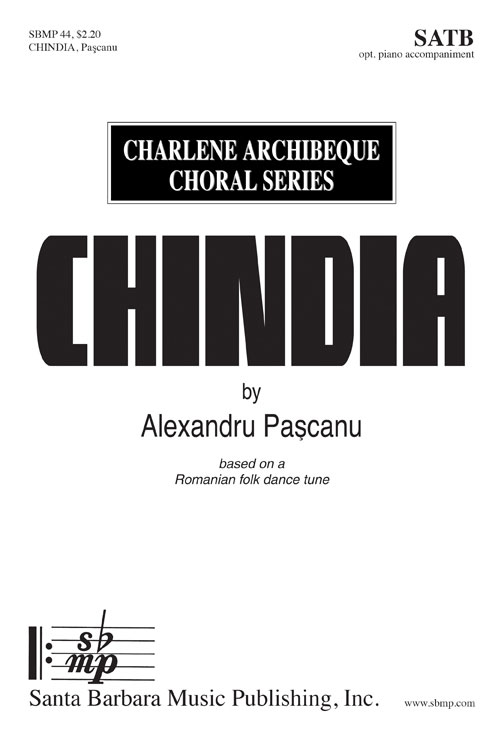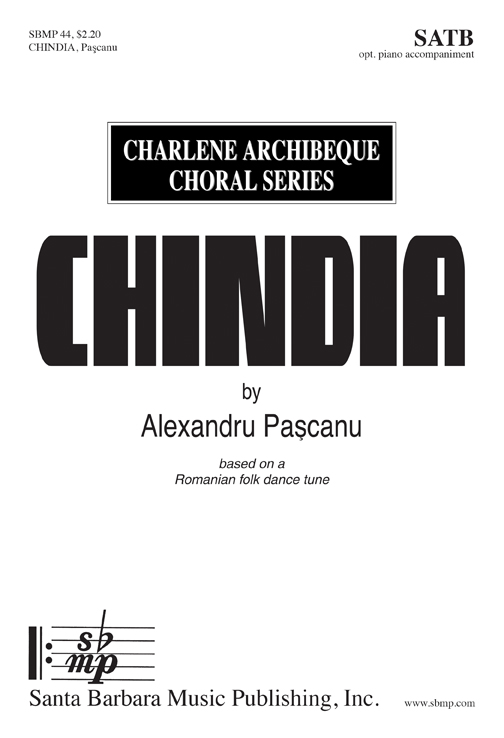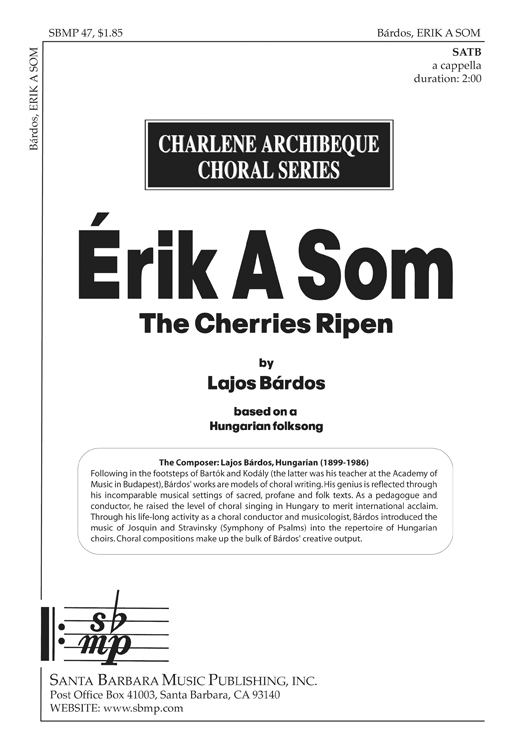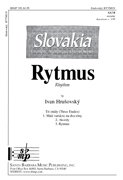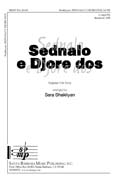Lajos Bardos' Hungarian composition, 'Erik A Som,' has easy melodies and harmonies, the challenge comes with the text, as the Hungarian language is a bit more difficult, than others, to learn. Hungarian words are always accented on the first syllable. There are no diphthongs; if two vowels appear together, each is distinctly pronounced. A helpful guide to learn how to speak the text is included. 'Chindia,' is perhaps Pascanu's most famous composition. It is based on an instrumental Romanian folk dance by the same name. 'Chindian' besides being the name of a folk dance, refers both to the time of day just before the sun sets and to the place in the sky where the sun goes down. The dance is perfomed by both men and women in a closed circle, the dancer's arms on each other's shoulders. A vigorous dance, it uses small steps, and may include amusing, somewhat athletic stunts. This wordless piece is very exciting to sing! 'Sednalo e Djore dos' is based on a very famous Bulgarian folk tune that has circulated in the oral tradition of Bulgarian folk singers for many years. It is characterized by its short and repetitive melodic line flavored with a lot of humorous energy. In this arrangement, the arranger has paraphrased the melody slightly thus allowing it to become a good foundation for harmonic variations. Ivan Hrusovsky's 'Rytmus' has excellent, fun rhythms along with great (but relatively simple) harmonies. The latin text moves niceley with the melodies. |

